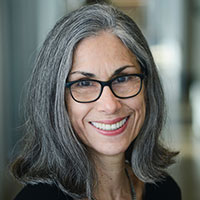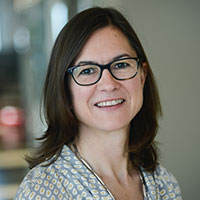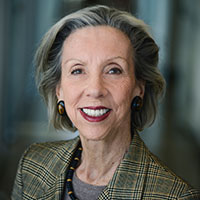K-12 School Design
A Walk in the Woods: By breaking a large program into a set of components, a Portland firm creates a high school that hugs the land and minimizes its carbon footprint.
Read More
Handled With Care
As schools for students with autism move from makeshift or retrofitted quarters to new buildings tailored to their specific programs, architects and educators focus on what makes the best places for learning.
Read More
Uto Elementary School
A Breath of Fresh Air: A Tokyo firm replaces an outdated schoolhouse with a vibrant, flexible facility that satisfies stringent seismic codes and provides a healthy environment.
Read More
Benjamin E. Mays High School
Southern Revival: A major renovation and expansion gives an Atlanta high school a much-needed update.
Read More
Pritzker Science Center
In the Name of Science: An architecture office and prep school underscore community and the excitement of science with a new building that puts the discipline on display.
Read More
South Shore International College Prep High School
Mining Modernism for Students and the Community: A high school with an academic program exploits early-Modernist vocabulary.
Read More
Copyright ©2024. All Rights Reserved BNP Media.
Design, CMS, Hosting & Web Development :: ePublishing



